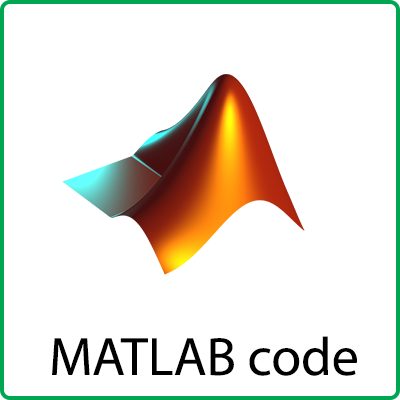Description
This project proposes an MRI image denoising scheme using an adaptive wavelet thresholding technique. Unlike many traditional schemes that directly threshold the wavelet coefficients, the proposed scheme multiplies the adjacent wavelet subbands to amplify the significant features and then applies the thresholding to the multiscale products to better differentiate edge structures from noise.
The distribution of the products was analyzed and an adaptive threshold was formulated to remove most of the noise. Experiments on the MRI images show that the proposed scheme not only achieves high MSR and CNR measurements but also preserves more edge features.

Experiments on MRI image Liver. The DROI and UROI used to compute the MSR and CNR indexes (listed in Table V) are highlighted. (a) The noisy image. (b) Estimated by the STH. (c) Estimated by the HTH. (d) Estimated by the presented MPTH.
ref :
Bao, Paul, and Lei Zhang. “Noise reduction for magnetic resonance images via adaptive multiscale products thresholding.” IEEE transactions on medical imaging 22, no. 9 (2003): 1089-1099.



Reviews
There are no reviews yet.